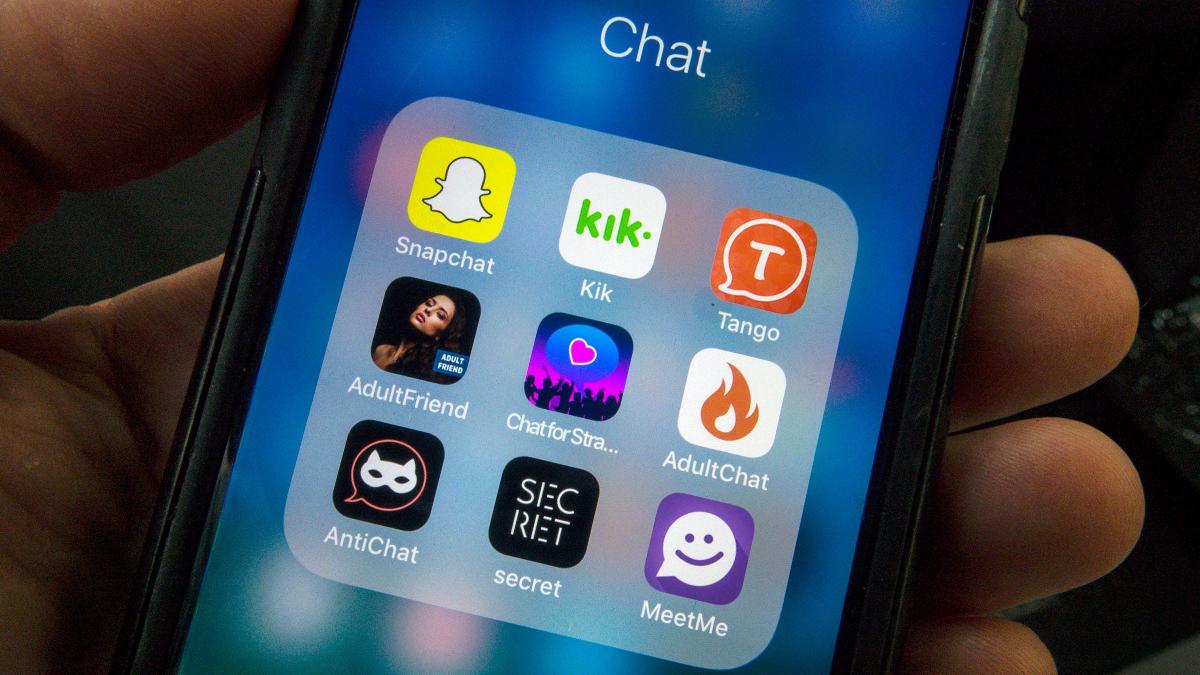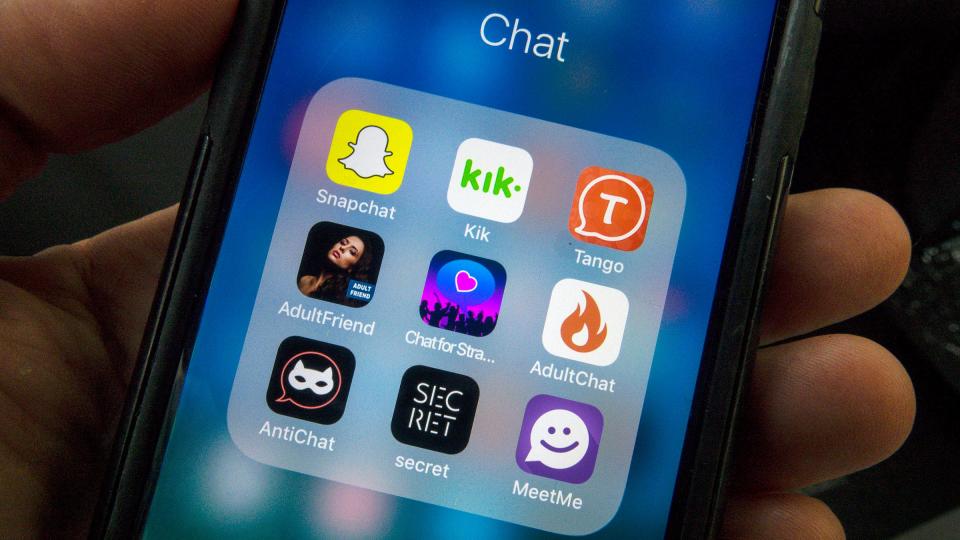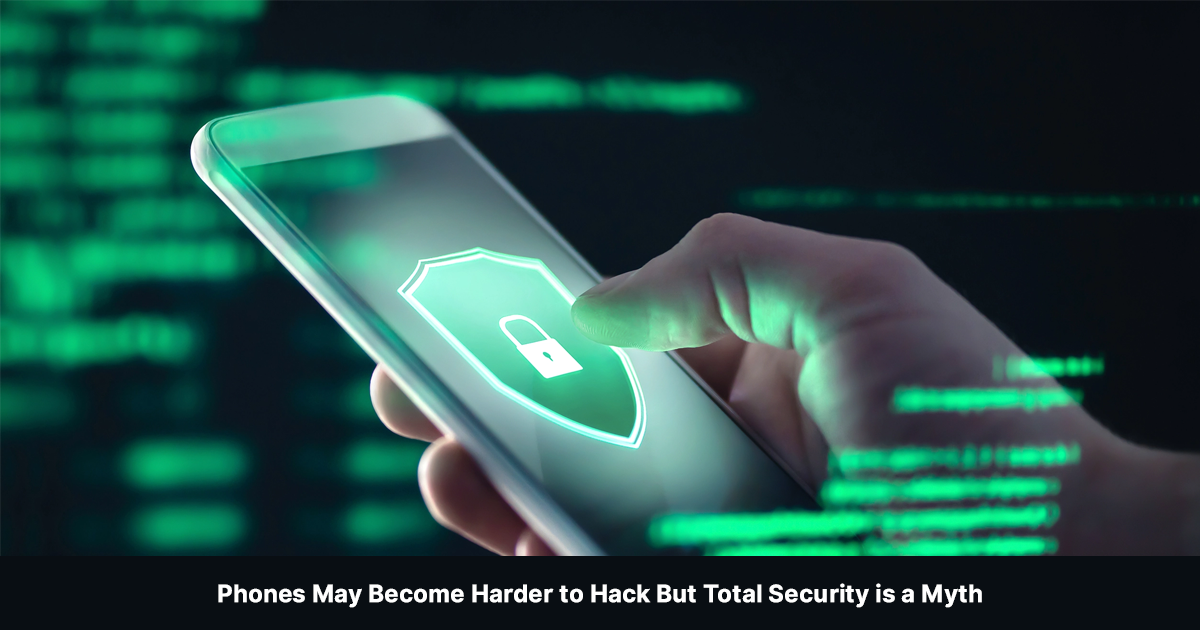Security Breach: Patches, PLCs and Making it Harder for Hackers

When it comes to assessing the threat landscape for OT cybersecurity environments, the challenge has become less about identifying possible sources of attack, and more about prioritizing them. Protection from external sources gets a lot of attention, and rightfully so. However, another source of these threats, which can be just as detrimental, lies within the walls of your facility.
Joining us today to discuss some of these internal vulnerabilities, and a tremendous report that details them, is Carlos Buenano, the chief technology officer of OT at Armis.
We’re also excited to announce that Palo Alto Networks is sponsoring this episode. For more information on zero trust security for all OT environments and simplified operations, go to www.paloaltonetworks.com/network-security.
To catch up on past episodes, you can go to Manufacturing.net, IEN.com or MBTmag.com. You can also check Security Breach out wherever you get your podcasts, including Apple, Amazon and Overcast. And if you have a cybersecurity story or topic that you’d like to have us explore on Security Breach, you can reach me at [email protected].
To download our latest report on industrial cybersecurity, The Industrial Sector’s New Battlefield, click here.





